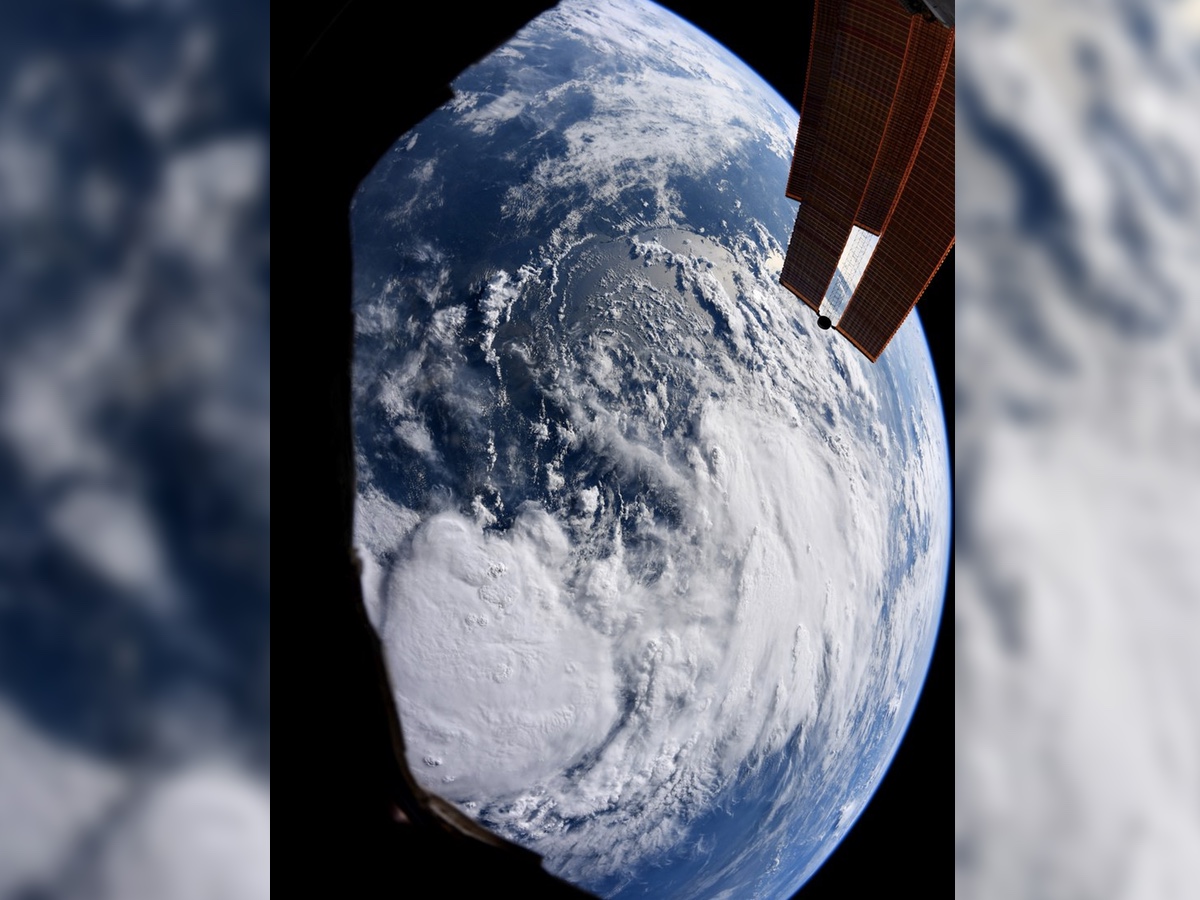Barry Becomes a Hurricane, Barrels Toward Louisiana Coast

Hurricane Barry is barreling northwest toward Louisiana, packing maximum sustained winds of 75 mph (120 km/h), with heavy rain, storm surges and dangerous winds expected along the northwest Gulf Coast.
As of 11 a.m. ET, Barry was moving northwest in the Gulf of Mexico at 6 mph (9 km/h), and its eye was about 40 miles (65 kilometers) south of Lafayette, Louisiana, and about 50 miles (80 km) west of Morgan City, Louisiana. Hurricane forecasters expect the hurricane to lose strength over the next few hours, getting downgraded back to a tropical storm.
The National Oceanic and Atmospheric Administration (NOAA) has issued a hurricane warning from Louisiana's Intracoastal City to Grand Isle, meaning hurricane conditions are expected somewhere in that area over the next 36 hours or so.
Barry is expected to turn toward the north-northwest tonight, followed by a turn toward the north on Sunday (July 14), NOAA said. The center of the storm is forecast to move through southern Louisiana today and central Louisiana tonight. Then on Sunday, it should be churning through northern Louisiana, NOAA forecasts.
"A lot of rainfall still yet to come out in the Gulf of Mexico," NOAA National Hurricane Center director Ken Graham said during a Facebook Live at 11 a.m. ET. The rainfall will then start to impact portions of Louisiana, including New Orleans, he said.
Because of the high winds, there's a chance of tornadoes spinning off Barry. "A few tornadoes are possible through tonight across the southeast Louisiana, southern Mississippi and southern Alabama," according to NOAA's forecast.
- 5 Things Hurricane Sandy Changed for Good
- Hurricane Katrina History and Numbers (Infographic)
- A History of Destruction: 8 Great Hurricanes
Originally published on Live Science.
Sign up for the Live Science daily newsletter now
Get the world’s most fascinating discoveries delivered straight to your inbox.
Jeanna Bryner is managing editor of Scientific American. Previously she was editor in chief of Live Science and, prior to that, an editor at Scholastic's Science World magazine. Bryner has an English degree from Salisbury University, a master's degree in biogeochemistry and environmental sciences from the University of Maryland and a graduate science journalism degree from New York University. She has worked as a biologist in Florida, where she monitored wetlands and did field surveys for endangered species, including the gorgeous Florida Scrub Jay. She also received an ocean sciences journalism fellowship from the Woods Hole Oceanographic Institution. She is a firm believer that science is for everyone and that just about everything can be viewed through the lens of science.










